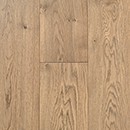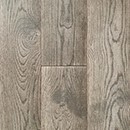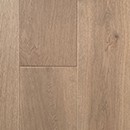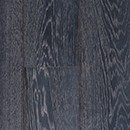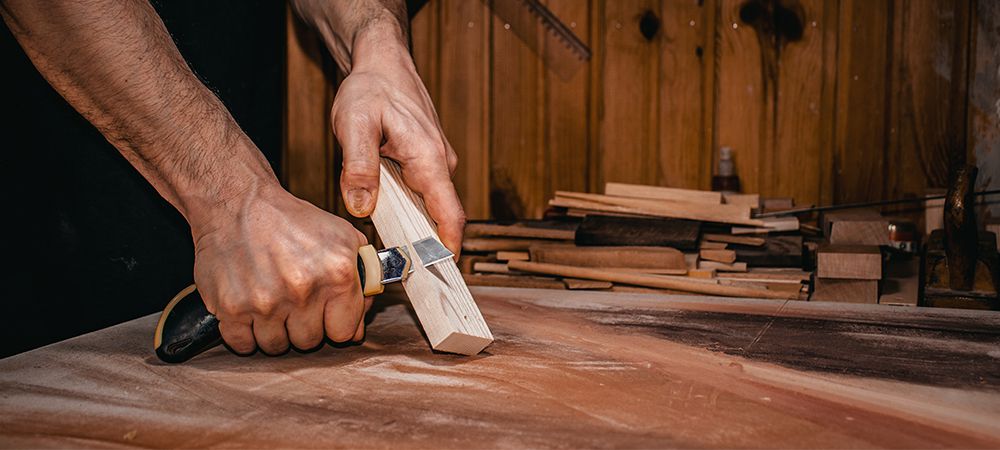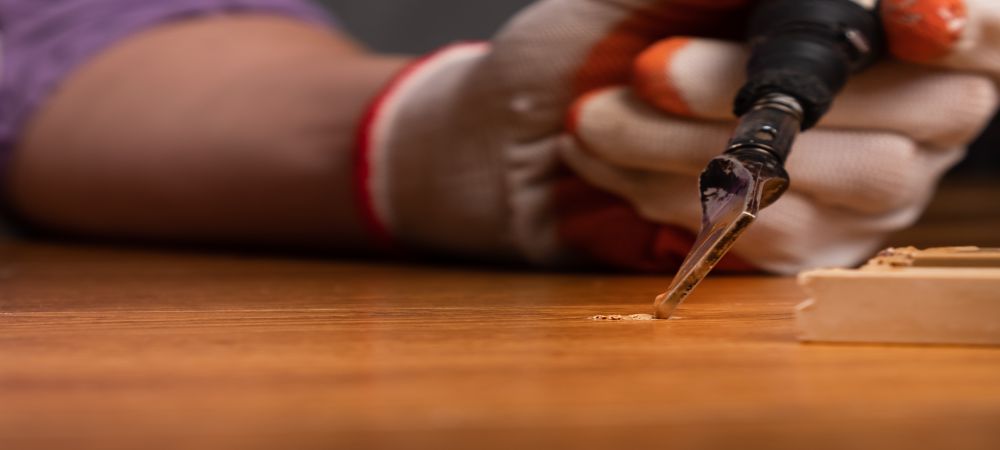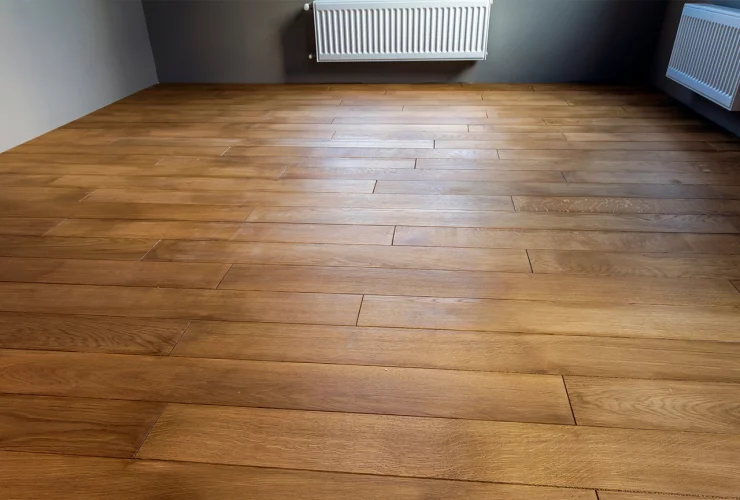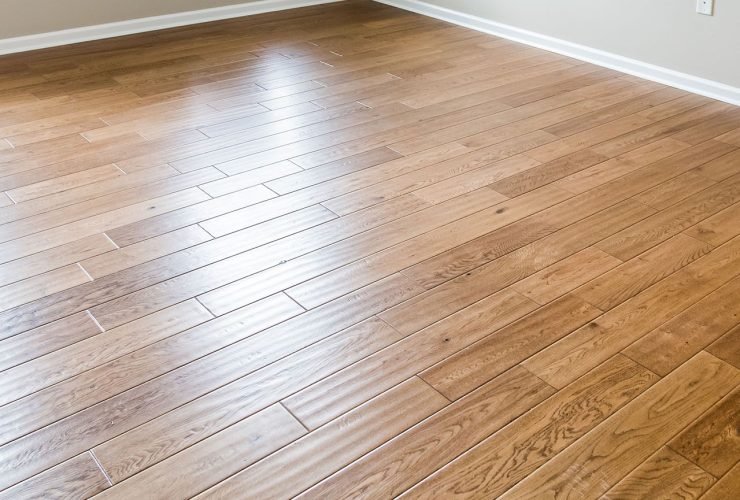How to Fix a Chip in Engineered Hardwood Floors
Installing engineered hardwood flooring is one of the best investments that can be made on a house located in Canada. With the characteristics of engineered hardwood, it is able to fit with the type of environment that Canada provides. Engineered hardwood flooring is known to be one that costs more than other types of flooring options. This is due to the kind of wood it uses and the processes it has gone through during manufacturing. Users must always make sure that they properly maintain the quality of their engineered hardwood flooring. Being exposed under multiple kinds of pressure, the flooring panels may get physically damaged.
Chipping is one of the damages that normally happen to any type of wooden flooring. The good thing is that this can still be fixed while also maintaining the longevity of the flooring panel. Fixing damages like chipping will be one of the main points that will be discussed in this article.
Knowing More About Engineered Hardwood Flooring
Engineered hardwood flooring panels are known to use solid wood that comes from hardwood trees. These hardwood trees are among the strongest trees grown all over the world. A hardwood tree is composed of a complex structure that helps in increasing its strength. This type of tree has a slow growth rate, which helps it become denser over time. This is the reason why hardwood trees are durable. This makes it one of the best options to be used as a flooring material. Durability equates to longevity.
Engineered hardwood flooring panels take advantage of this fact. An engineered hardwood flooring panel is composed of different layers, or better known as plies, of wood veneer. The wood veneers used can be made out of hardwood, softwood, or plywood. However, manufacturers make sure that they use solid wood from hardwood trees as the veneer that will be used on the top layer of the flooring panel. This will help in identifying which kind of hardwood the flooring panel was made of.
The hardwood veneer is also called the wear layer of the flooring panel. The wear layer of engineered hardwood can come in different thickness. The normal range of thickness is from 3 mm to 7 mm. However, there are some special cases where manufacturers use a wear layer that can be as thick as 15 mm. Below are some more things you need to know about engineered hardwood flooring:
- There is a different kind of hardwood flooring other than engineered hardwood. This is called solid hardwood flooring. The difference between them is the fact that solid hardwood flooring uses only solid wood to create the flooring panel. There are no layers of veneer added to the wood.
- The different plies of wood veneer used in engineered hardwood flooring panels are bonded together by a very strong adhesive. High quality adhesive is used to ensure that the plies of wood veneer will not disassemble when stepped on or exposed to heavy traffic. This adhesive also helps in sealing the different plies of wood veneer from having water or moisture seep into them.
- Manufacturers run engineered hardwood flooring panels through a couple of processes. These processes include sanding and coating of a sealant and a protective finishing. Sanding is needed to make the flooring panels smooth so that they will be as flat and clean as possible. The application of sealants and protective finishing may differ between manufacturers. The most popular sealant used for engineered hardwood flooring panels is called polyurethane. This is a very durable sealant and can withstand heat, chemicals, and wear and tear. Manufacturers may also add wood stains on the flooring panels. This will help accentuate the natural color of the wood while also preserving the grains of the wood used. Protective coating is also added to increase the durability and strength of the flooring panels. Manufacturers may add multiple layers of coating. The most common types that are used as protective coatings to engineered hardwood flooring panels.
- Hot or cold temperature is known to affect any type of wood. When the wood is exposed to heat, it will naturally expand. Wood will shrink when exposed to cold temperatures. These temperatures are known to be bad for wood flooring panels as they may create gaps or rise and ruin the flooring of the house. With all the protection added to the engineered hardwood flooring panels, they are able to resist these changes in temperature. The flooring panels will stay as they are in all kinds of situations. This is very important if the house is located in an area that is exposed to extreme changes in climate like Canada.
Chipping In Engineered Hardwood Flooring
The thing with flooring that has been produced out of any type of wood is that they risk getting structural damages. Even with all the protection added to them, there are still external forces that can be too much for the protective coatings and adhesive to handle. The hardness of wood is measured by its Janka rating. The Janka hardness test involves measuring the amount of force a steel ball needs to be able to embed itself halfway on a piece of solid wood. This would mean that if the amount of external force applied on the flooring panels is more than its Janka rating, then it will be very possible for the flooring panels to acquire structural damage. This is why chipping is a possibility for engineered hardwood flooring.
Tips To Fix A Chip In Engineered Hardwood Flooring
Since it is inevitable that chipping will happen to your hardwood floor, you should know that there are ways for you to fix it. Before thinking about buying new flooring panels, you can try out the following tips to save your current engineered hardwood floors:
If the chipped piece of wood is still available and will still fit perfectly on the exposed part of the flooring panel, you may use the following steps to reattach it:
o You should first drill a hole on the part of the engineered hardwood flooring where the chipped piece of wood came from.
o With the hole you created, put a little bit of water and add some polyurethane glue.
o To ensure that the flooring panel will be attached to the subfloor, drive a screw through the hole you created.
o Add wood glue on all of the exposed parts of the flooring panel created by the chipped piece of wood.
o Place the chipped piece of wood on the exposed part and then wipe off any excess glue using a wet rag.
If the chipped piece of wood cannot fit perfectly into the exposed part of the flooring panel, or if the chipped piece of wood is missing, you may do the following:
o You must first prepare the exposed surface by removing any loose chunks of wood and any signs of flaking.
o You may need to sand any rough parts of the exposed area. This may include the exposed surface or the edges adjacent to the exposed part. Always clean and clear away and debris that may fall into the exposed area.
o Use a putty knife to apply wood filler into the exposed area. When the exposed area is filled up, use a clean putty knife to smooth over the filled-up area. You then wait for the wood filler to completely dry.
o Sand over the filled area to make sure that the undamaged part of the flooring panel and the filled area are of the same level. You can test this out by running your hand over both areas. It should feel as smooth as possible.
o You can finish the job by adding the necessary stain that will make the filled area have a similar look to the undamaged part of the flooring panel. You can also add protective coatings if you wish.
Fixing Chips Or Deep Gouges Should Be Made First Before Changing The Flooring Panel
Engineered hardwood flooring is known to last for a number of years. Structural damages should not be a reason for you to automatically replace the whole flooring panel. It is highly advised that you try to save your current flooring before thinking about replacement. When it comes to fixing chips or deep gouges on your engineered flooring, you should try to stain the filled-up areas and attain the closest possible look that the undamaged parts have.
With engineered hardwood flooring, you may apply a fix if the damage has not reached the other layers of veneer. If the damage reaches the veneers beneath the wear layer, you may not be able to properly apply the same adhesive and coatings used by the manufacturer. Trying to fix the flooring panel in this circumstance may not be advisable as the resistance against extreme climate changes may not be attainable anymore.
If you are currently looking for engineered hardwood flooring panels, you may get in touch with Three Trees Flooring. You may contact us at (416) 665-2624. We are one of the trusted suppliers and installers of engineered hardwood flooring in the province of Ontario.


